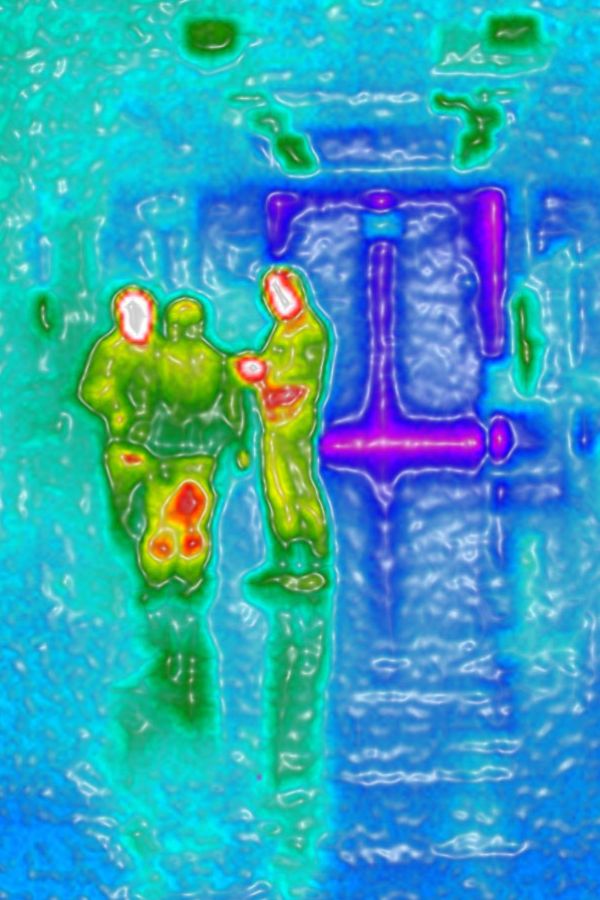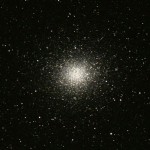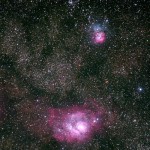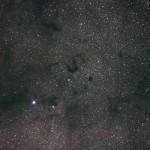The world of WordPress plugins is a stew of confusion to a new WordPress user. Thousands of options are available for use with your blog, an amazing array of interesting features to add useful capabilities. From this, you are trying to choose what works for you. You really do need a few plugins to add key features.
For Darker View there a number of things I have determined I need to get working… Spam comment filtering, backup capability, statistics, social site support, threaded comments, and a decent photo gallery. I have the backup utility working now using the very nice WordPress Database Backup by Austin Matzko. Social site functions and statistics from Jetpack work smoothly.
The latest experiments center around getting a decent gallery function integrated. Two options appear to be worth considering… NextGEN Gallery seems to be the standard, but I had read that it was flash based, and I want things to work on an iOS device. In a later experiment I found that it does work on my iPad, so it is back on the list.
In the meantime I have experimented with DM Albums. This is a straightforward plugin with a decent interface. Just load the photos and put a single tag into the post. I like the effect, it seems to play well with my theme. The result is a nicely functional gallery.
DM Albums does have some sizing issues in the full screen mode, pretty annoying issues. The package has seen very active development lately, with two major releases already this year as they clean up the bugs and get everything working. Thus I am not giving up on this package just yet.
This issue is not done yet, I am just out of time to play with it for now.
[dmalbum path=”/wp-content/uploads/dm-albums/Hawaii 100/”/]









